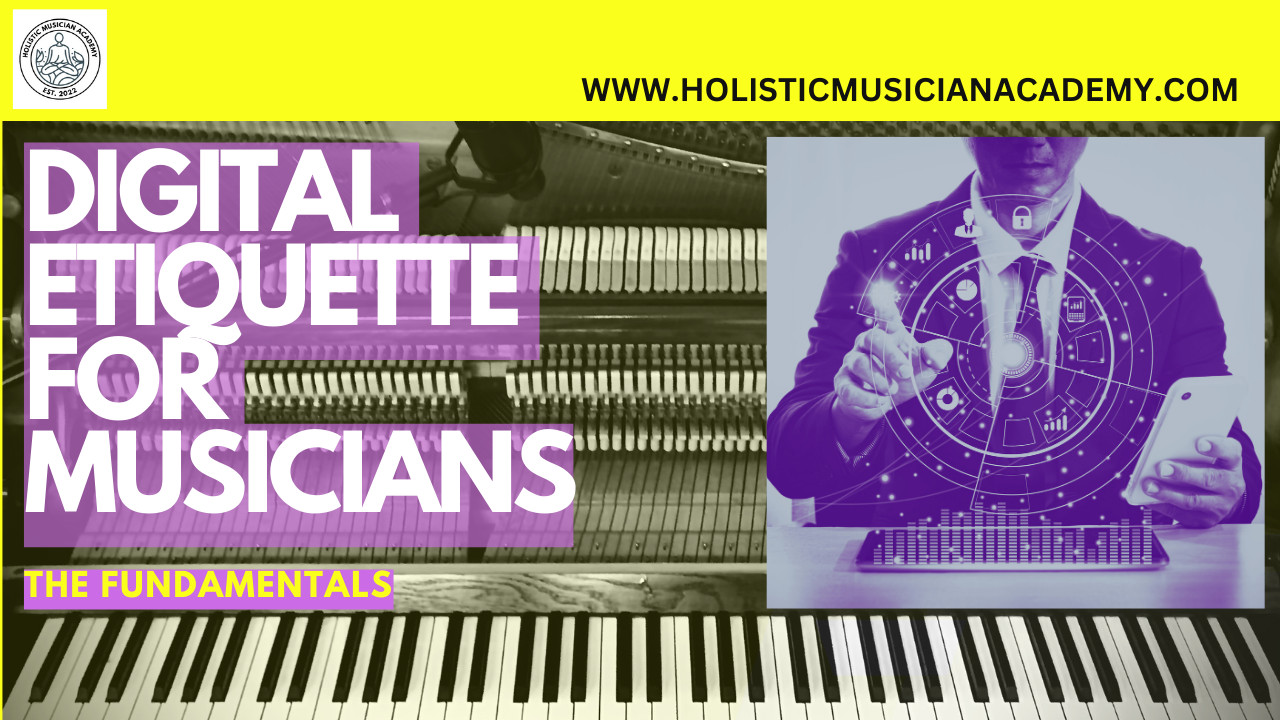
One of the most underrated topics about being a creative professional in the current era for musicians is quality digital etiquette. Personally, the need for some form of universally functional conduct is something I've sorely missed all my life. I'm a full-blown third-culture kid, raised between three continents and four countries, so keeping track of cultural idiosyncrasies and avoiding the dreaded 'code-switching' game has always been a high priority.
I also work as a creative across five time zones with global collaborators in the EU/UK, Asia, and the U.S. That was probably a natural unfolding of affairs. However, I can't help but notice how navigating even (what is arguably) the most universal platform in the history of humankind—the internet—still remains anything but uncomplicated.
I'm starting to accept that there is no 'perfect' code. Communication skills are a work-in-progress. However, I'd like to think there are some fundamentals—the kind of stuff you'd think are no-brainers but tend to be elusive when you need them the most. So here are a few thoughts and pointers that have helped me so far.
The Fundamentals of Digital Etiquette
1. It's a language.
Digital communication is its own language. It needs to be learned and used with its limitations in mind.
Decent behavior should be simple enough, right? Except technology gives us the power to say whatever we want, whenever we want, to a screen without the actual recipient of our words present in real-time or location. That's a lot more confusing for our brains than most of us have taken the time to investigate.
It's not natural. Our brains were never really built for it. Hence the overwhelming email waterfalls, social media spirals, DMs devoid of context, and WhatsApp group wars that end in unnecessary disaster. I often wonder if some of these conflicts could be completely avoided in person.
Honest answer? I'm not sure.
The fact is, in my experience, solid people are solid in their communication, digital or otherwise. That being said, the particular extent and type of damage done online can be very different. We tend to type a lot of things onto a screen that we would never say in person and don’t really get the chance to correct ourselves as easily later. It’s out there in writing. And we’re not.
2. It's your reputation.
It is so easy to forget this. We represent our brand when we communicate on its behalf. So the 'how' of it all needs to be in alignment with what it stands for. Our behavior in the digital realm directly reflects our professionalism, credibility, and overall persona.
The sheer gamut of people we need to deal with can be overwhelming as well: co-artists, lawyers, label managers, bookers, promoters, publicity folks, PR, tour managers, students, clients, A&R reps, distributors, audiences. It’s almost as if we’re being asked to make the impossible possible on some days.
So when a conversation threatens to go south, it’s important to give ourselves sober reminders of who exactly will take the hit—our brand. This is not personal, even though it usually feels like it is. So it helps to be our best adult selves when in the thick of it.
3. The Importance of Tone.
If there’s one takeaway I would want you to etch into your brain after reading this post, it’s this: between erring on the side of being 'boring formal' and 'overenthusiastic funny,' please, please, please... err on the side of the former.
This means being cautious with sarcasm or humor. That can be easily misinterpreted in text form. What may be a joke to you could be taken seriously by someone else. They might not get a cultural reference, speak a different dialect of English, be shy, or simply want to focus on work.
Use polite language and maintain a respectful tone in all your interactions. Be boring. That’s absolutely fine if you’re good at what you do. You can always build rapport over time, but try convincing someone you’re just getting to know that your joke wasn’t meant 'that way'—online.
Yeah, good luck with that. (See? I used sarcasm there, and I’m pretty sure a tiny part of you was wary for a second.)
4. Respect Boundaries.
This word might just qualify as pop psychology’s most revered Frankenstein at this point. But for better or worse, it still stands its ground at the end of the day. Acknowledging personal space and privacy applies to online communication as much as it does in person.
Consider others’ time and space by setting clear communication ethics. People have their own schedules and priorities. Stick to work. Unless you have a history, get to the point—not because you are cold and heartless, but because you respect your collaborator's time and skills.
But what if you've been friends for years? The jury's still out on this. Personally, I think that’s all the more reason to be impeccable in our etiquette. It protects our work and, more importantly, our friendships. Even with an intense shared history, one text that felt 'off' on a bad day has been known to destroy a relationship beyond repair. Let’s take a minute to ponder that.
Just to clarify, this doesn’t mean skipping basic "hellos" and "how’s it going." But again, you want to focus on the actual music, the art. So ideally, you’ll be using any form of digital communication to serve that bigger picture.
Don’t do admin in the rehearsal room. Don’t try to make art via text or email.
5. On Criticism.
Rule number one: offer only if asked for, or if you have hired someone’s services and they knew they were signing up for feedback. Offer feedback constructively, and try to highlight the positive aspects of the work before addressing areas for improvement if relevant.
Just to be clear, though, that doesn’t mean lame attempts at flattery or avoiding issues that need to be addressed. Also, be careful not to sound patronizing.
Finally, gauge the experience and even fragility of the person you’re working with. Creatives and artists are a quirky and diverse bunch. Many of us are neurodivergent, autistic, hypersensitive, have personality disorders, or struggle with rejection and mental health more than most other professions. That doesn’t get talked about enough.
6. Try to be prompt.
For active clients and collaborators, I suggest responding within 48 hours for emails. If you’re trying to find dates, use a booking calendar. Endless emailing or texting to arrange something that can be sorted with two clicks is exhausting and, frankly, almost rude at this point.
Not replying equals disinterest and potential disrespect. It really is that simple. We could try to justify it, but that doesn’t change the fact that:
No reply = No interest.
No reply = I’m treating you this way because I can afford to.
(Again, exceptions prove the rule.)
But if you ever manage to build a long-term, fulfilling, and healthy working relationship with someone whose sincere inquiry you just never replied to, please get in touch. I’d like to give you an award.
7. The Detrimental Effects of Text Messaging
Text messaging can be particularly harmful if not managed carefully. Research shows that constant texting can contribute to increased stress, anxiety, and negative mental health outcomes (Thomée, Eklöf, Gustafsson, Nilsson, & Hagberg, 2007). The brevity and immediacy of text messages often lead to misunderstandings and emotional distress, as messages lack the context of tone, body language, and timing that face-to-face or even voice communication provides. Moreover, texting disrupts concentration and can cause cognitive overload, leading to diminished productivity (Carr, 2010). Overuse of this medium also encourages a culture of constant availability, contributing to burnout. For these reasons, it is advisable to limit text messaging, using it only for essential or urgent matters, while reserving more complex conversations for emails or face-to-face discussions.
8. Compose your messages well.
Try to get to the point quickly and avoid unnecessary rambling. Words are currency, and we need to be economical with them. Your collaborator is human and has limited capacity to process your messages with 100% attention.
So try to focus on the key points or action items. Use bullet points or numbered lists to break down complex information and make it easier to understand.
Aim to keep your subject line accurate and reflective of the content of your message. A clear and concise subject line allows the recipient to prioritize and organize their inbox efficiently. Avoid using vague or misleading subject lines, as they can lead to misunderstandings or delays in response.
Last, but definitely not least, remember to proofread your messages before sending them to ensure they are free of errors and confusion. Don't click 'send' until you have.
Conclusion
I should probably remind you that these pointers are subjective and perhaps a little biased. However, they come from 25 years of real-life experience working amidst extraordinarily diverse circles. So I am aware that there are nuances involved, and at the risk of sounding repetitive, exceptions prove the rule.
But these are the basics. Being a digital native comes with the responsibility to uphold some principles. By respecting boundaries, maintaining the right tone, optimizing communication for effective collaboration, and handling appointments with grace, we contribute to a much-needed positive and respectful creative ecosystem.
Embrace the essentials as you fine-tune and grow your own voice in the midst of it all. Hopefully, it’ll be the first step toward fostering meaningful connections, collaborations, and overall creative growth.
---
References:
- Balick, A. (2014). *The Psychodynamics of Social Networking: Connected-up Instantaneous Culture and the Self*. Karnac Books.
- Brennan, M., & Ohaeri, J. (2021). *Digital Etiquette in a Globalized World: Communication Trends*. Academic Press.
- Carr, N. (2010). *The Shallows: What the Internet Is Doing to Our Brains*. W.W. Norton & Company.
- Thomée, S., Eklöf, M., Gustafsson, E., Nilsson, R., & Hagberg, M. (2007). *Prevalence of perceived stress, symptoms of depression and sleep disturbances among Swedish adolescents and the relation to ICT use: A prospective cohort study*. *BMC Public Health*, 7, 716.

Join my free training.
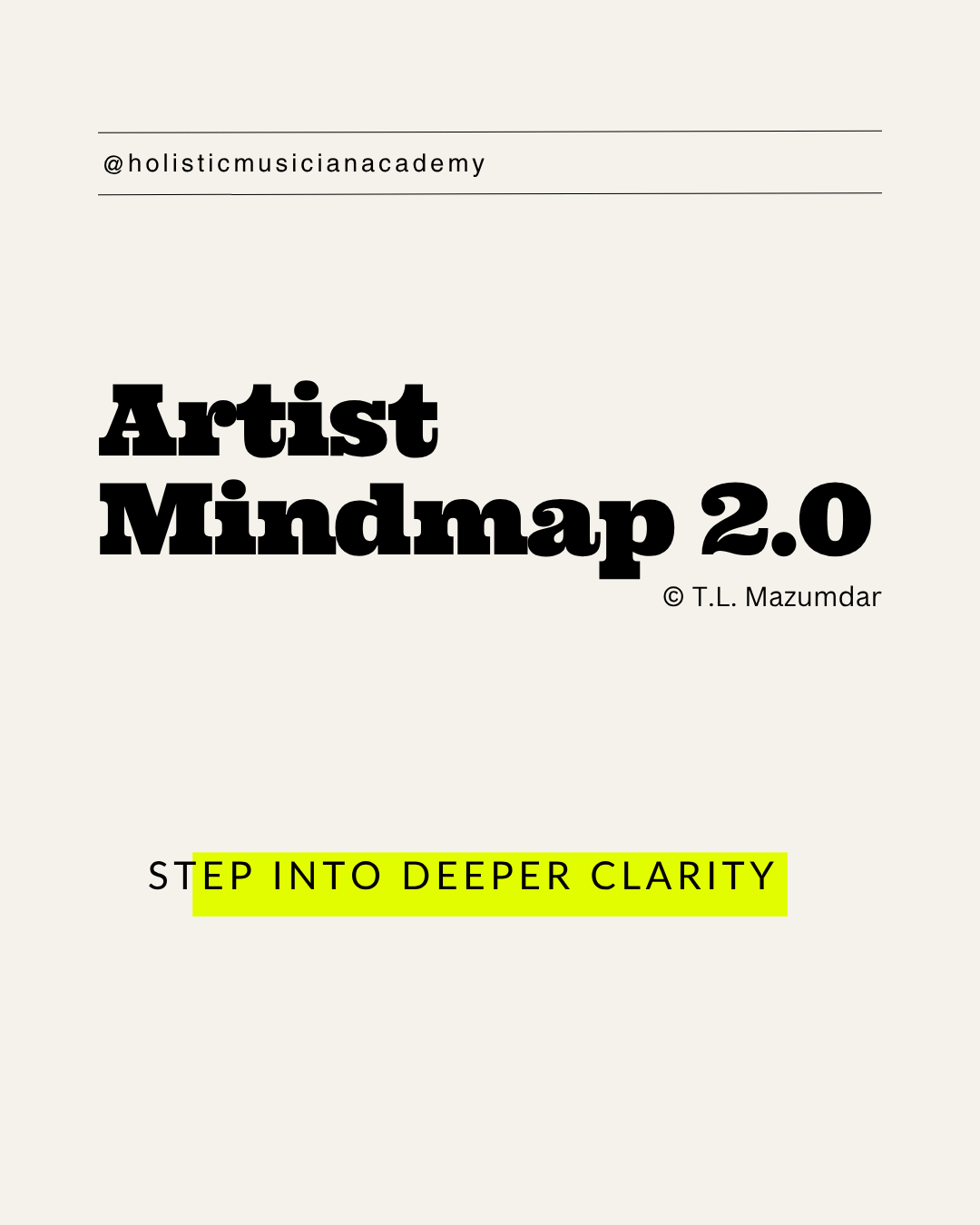



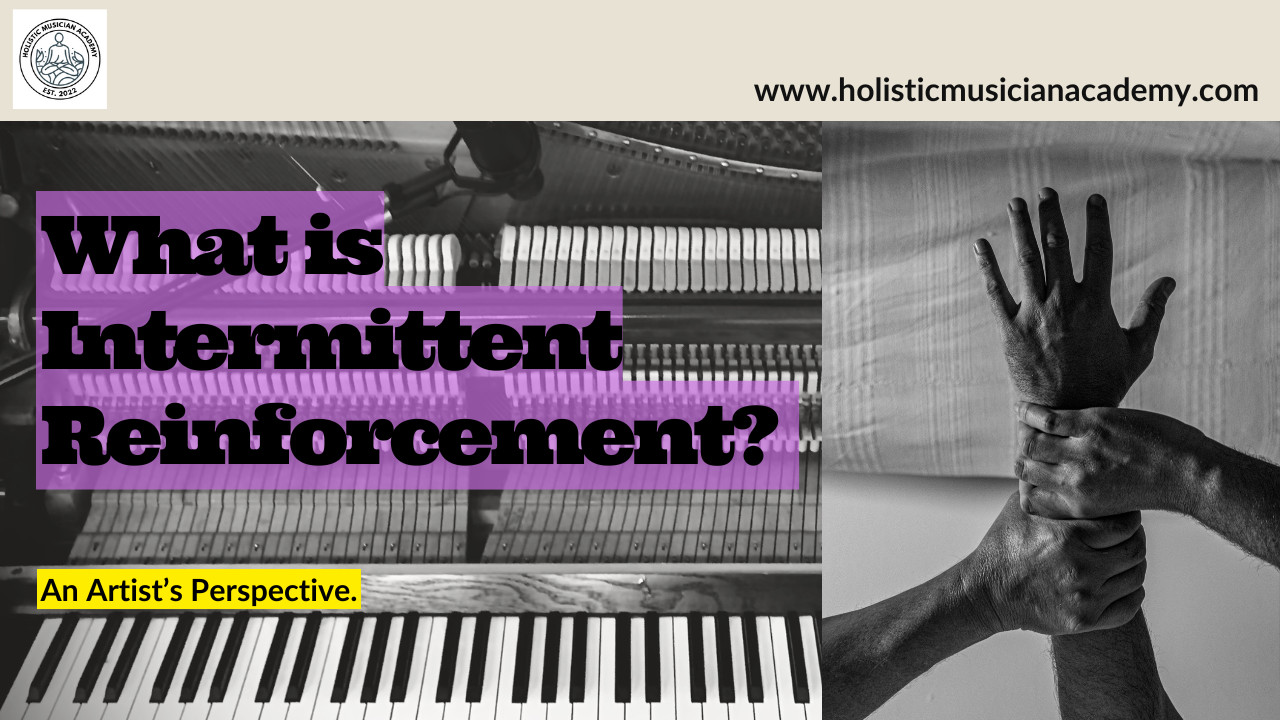
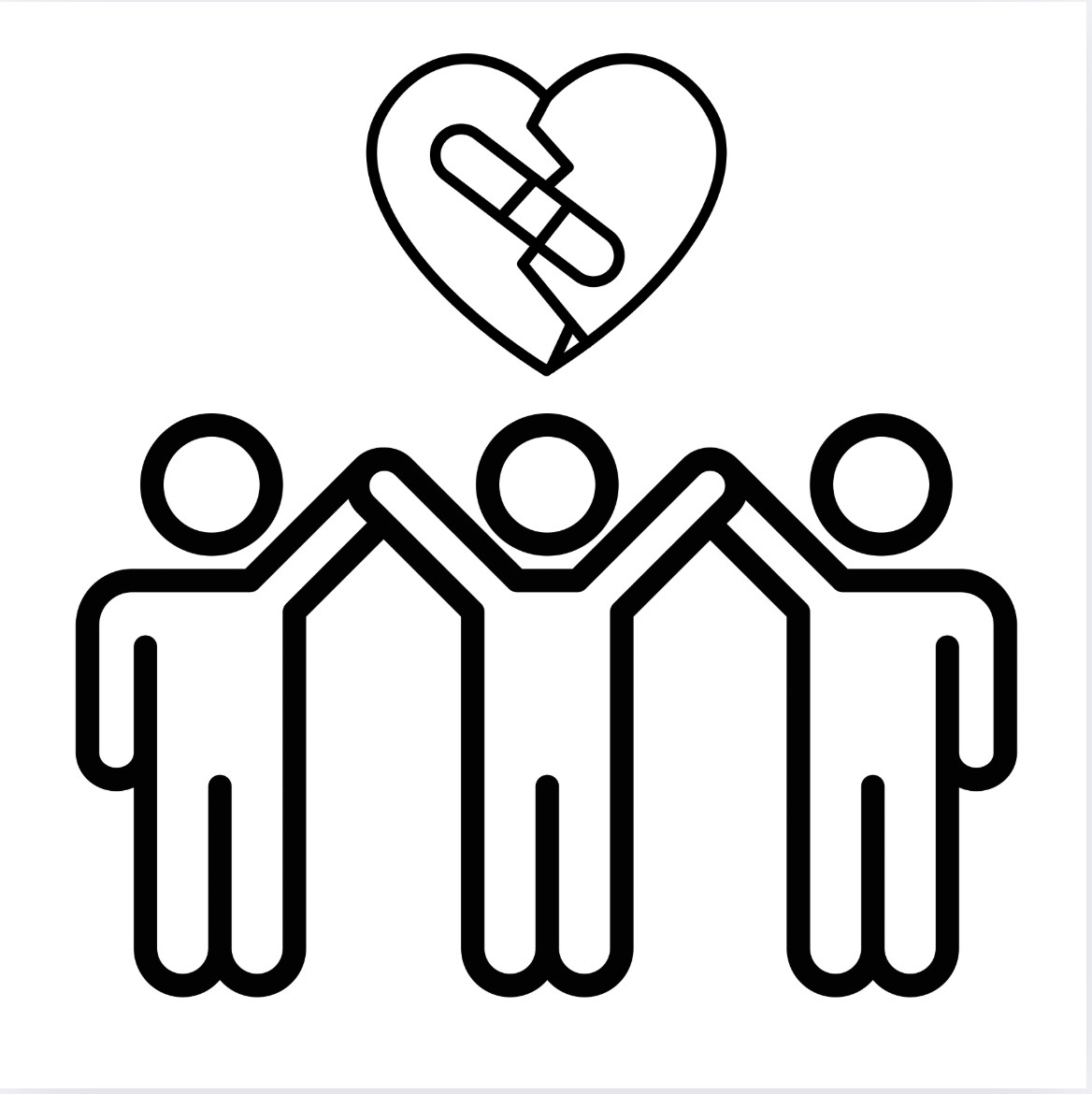

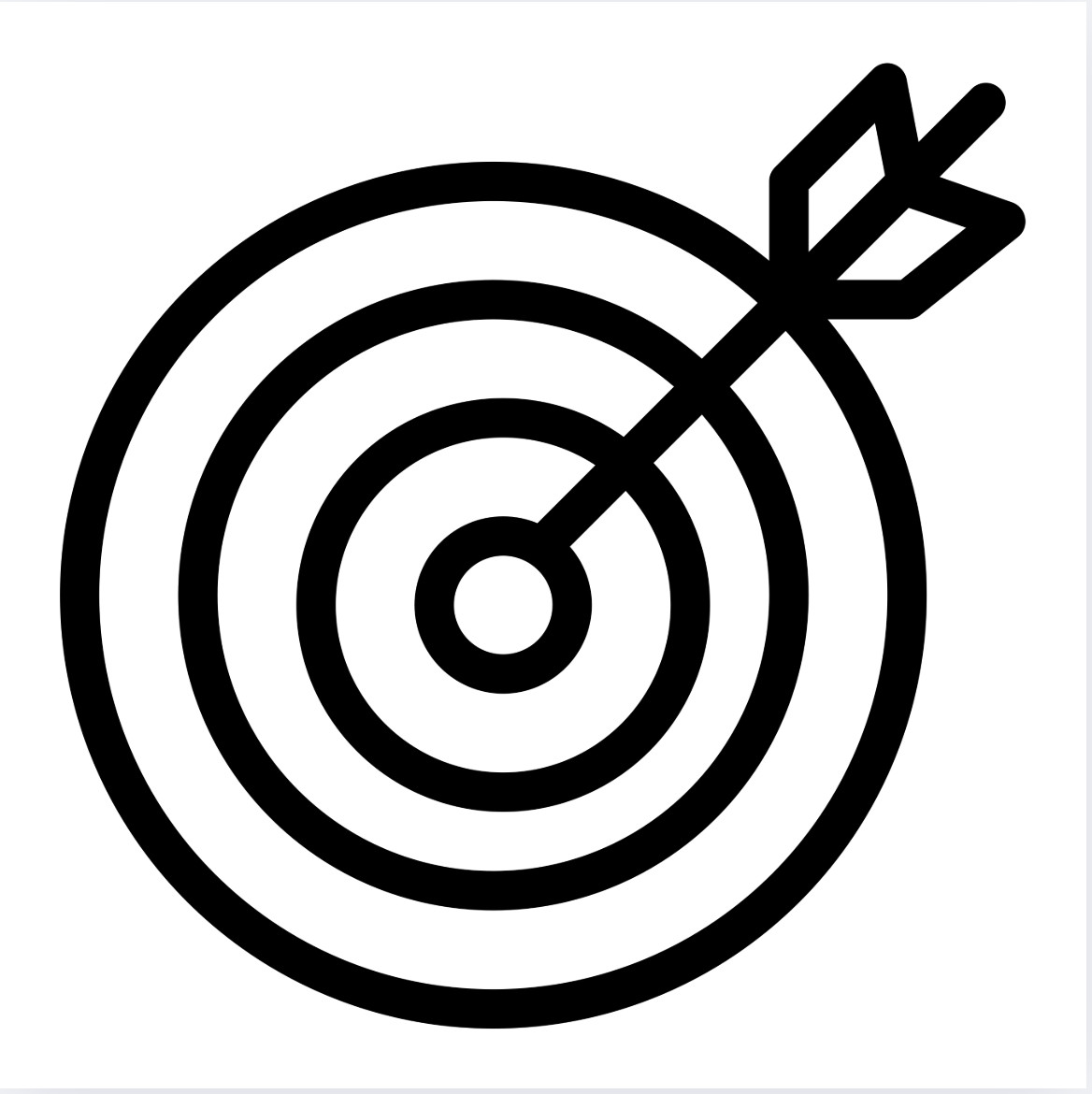

0 Comments